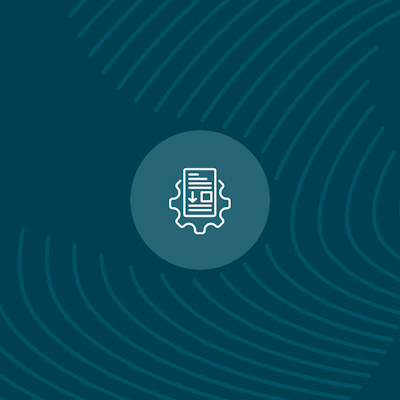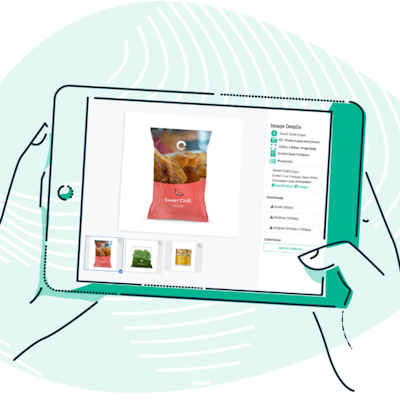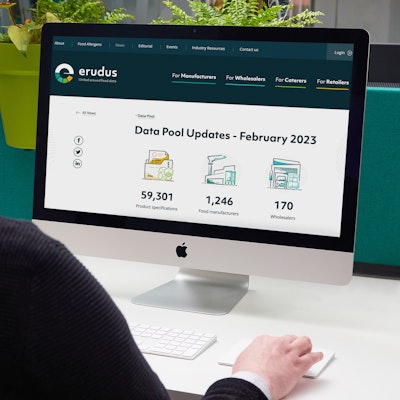Adopt barcodes, or get left behind.
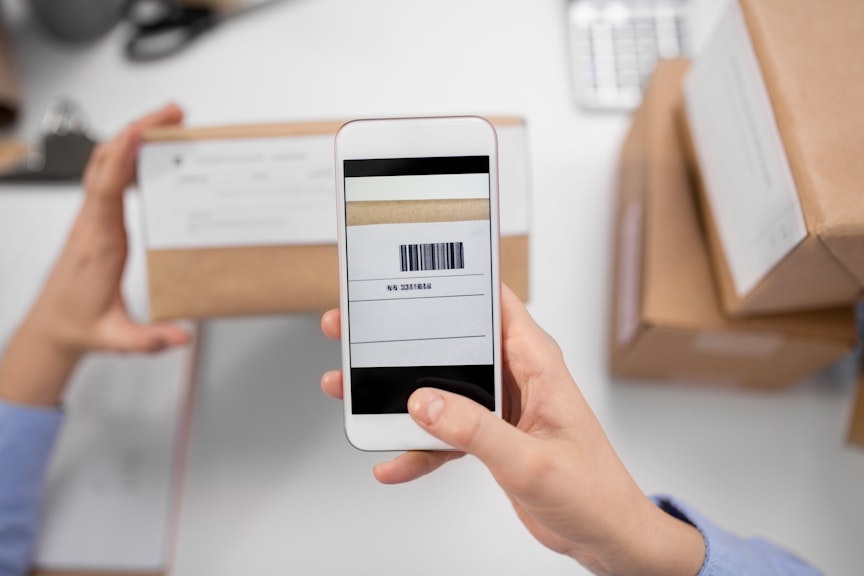
Barcodes also known as GTIN's, EAN's or 'those little black lines' have historically been associated with retail. Often they are viewed as far less important by foodservice operators and considered 'not necessary' or 'nice to have'.
Thankfully, today this isn’t the case. The vast majority of wholesale and foodservice operators understand that barcodes are the single, critical piece of information they need to unlock potential new sales, drive efficiencies, and wow customers with enhanced digital experiences. However, there’s still a minority of Wholesalers who haven’t adopted the use of barcodes within their business. These wholesalers are making life harder for themselves in the long run and ultimately limiting their growth opportunities.
Why is a Barcode so crucial?
Barcodes are encoded with information such as product numbers, serial numbers and batch numbers. They play a crucial role in the supply chain, enabling parties like wholesalers, manufacturers, transport and software providers to automatically identify, track and display the right products as they move through the supply chain.
“In its purest form, a barcode acts as a universal and unique identifier that can be used as a linchpin to join complicated processes and computer systems together across multiple companies and software platforms.”
As technology continues to advance at lightning speed, many wholesalers are now (if not already) moving into online and mobile ordering, where the use of barcodes can be the difference between a seamless integration experience or one laden with headaches.
Digital Experiences
A study into the buying habits of caterers revealed online and mobile ordering continues to increase in popularity, but many wholesalers yearn for additional and more comprehensive digital solutions to meet customer expectations.
The survey commissioned by the Federation of Wholesale Distributors (FWD) revealed 82% of caterers are now regularly ordering online, not only expecting the functionality to place orders, but also wanting a deeper, more enhanced digital experience with more product information available at the point of order:
- 77% of the caterers surveyed stated they’d like pack size information displayed.
- 63% of the caterers surveyed wanted allergen and nutritional data making available to them.
- 50% of the caterers surveyed wanted to know the number of portions contained in each product.
- 41% of the caterers surveyed wanted product imagery they could enlarge on their device to take a closer look.
The appetite for more information is evident and won’t slow any time soon. In fact, we think it will only increase as consumers want to know more about the food they’re eating. Post-Brexit food legislation changes and requirements for greater supply chain transparency and traceability will add to the thirst for more information.
“Wholesalers will be expected to provide all of this information and how do they do this across multiple digital channels without the use of barcodes?”
How does a barcode enhance the digital experience?
Typically a wholesaler will have an ERP system (Lady Lodge Systems, Sanderson Sword, Merlin, SAP), which holds price and stock information; An online and mobile ordering platform (SwiftCloud, RNF Digital), which acts as the interface and platform for the customer to place the order; and not forgetting a subscription to our very own Erudus Technical Data Search, which holds supplementary product data such as allergen, nutrition and cooking instruction information.
Transferring information from one software system to another efficiently requires a unique identifier that is present across all the different software systems, and that identifier is the barcode. The barcode acts as the cornerstone making it easier for the individual software systems to talk to each other.
Erudus is working with a growing number of wholesalers and software providers to deliver real-world examples of enhanced digital experiences for instance:
Lady Lodge Systems are taking allergen, nutritional, cooking instruction and storage information from Erudus and making it available to wholesalers using their TRACT system providing an enhanced level of product detail. Historically, if the wholesaler wanted that level of product detail, they would have manually keyed it all for thousands of products.
SwiftCloud are providing their wholesaler caterer customers with technical specification sheets from Erudus within their mobile ordering app which, enhances the experience for caterer customers using the app who now have allergen and nutritional information available at the point of sale, which is not only useful but a legal requirement.
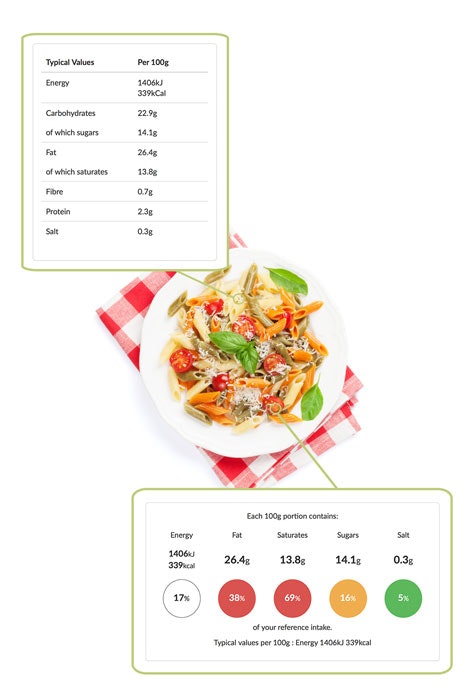
Adopt barcodes, or get left behind
Adopt barcodes or get left behind. It may sound extreme, but if you don’t, it will become a reality.
Embracing barcodes allows wholesalers to provide enhanced digital experiences, develop deeper relationships with customers, and ultimately increase sales and remove administration for their operations.
We’d urge any wholesaler not currently using barcodes to adopt them within their business or risk getting left behind.
Technology is moving fast, customers want more information, and legislation will continue to add complexity and more requirements for providing additional information.
Wholesalers will be expected to provide all of this information. How do they do this across multiple digital channels without the use of barcodes?
